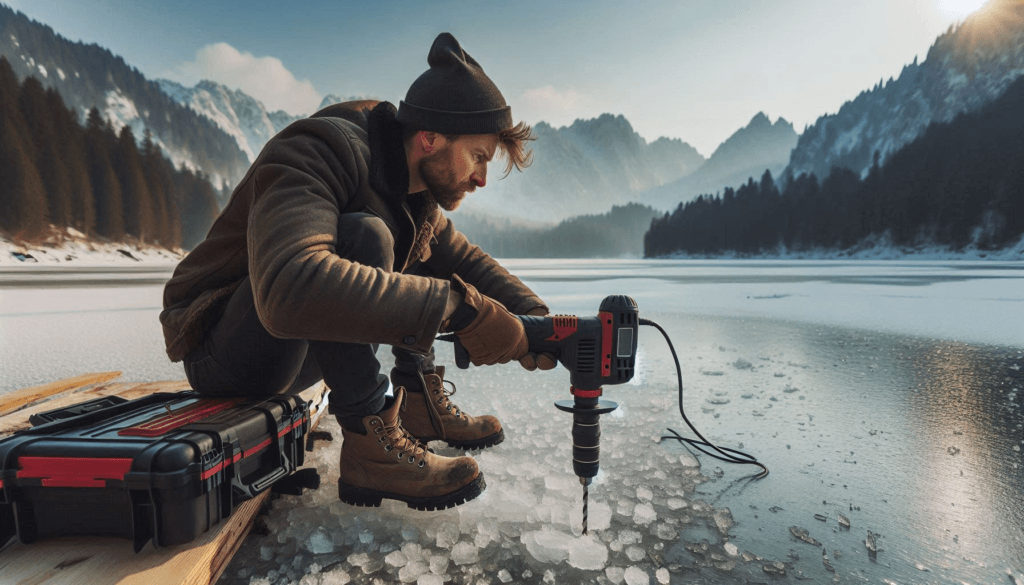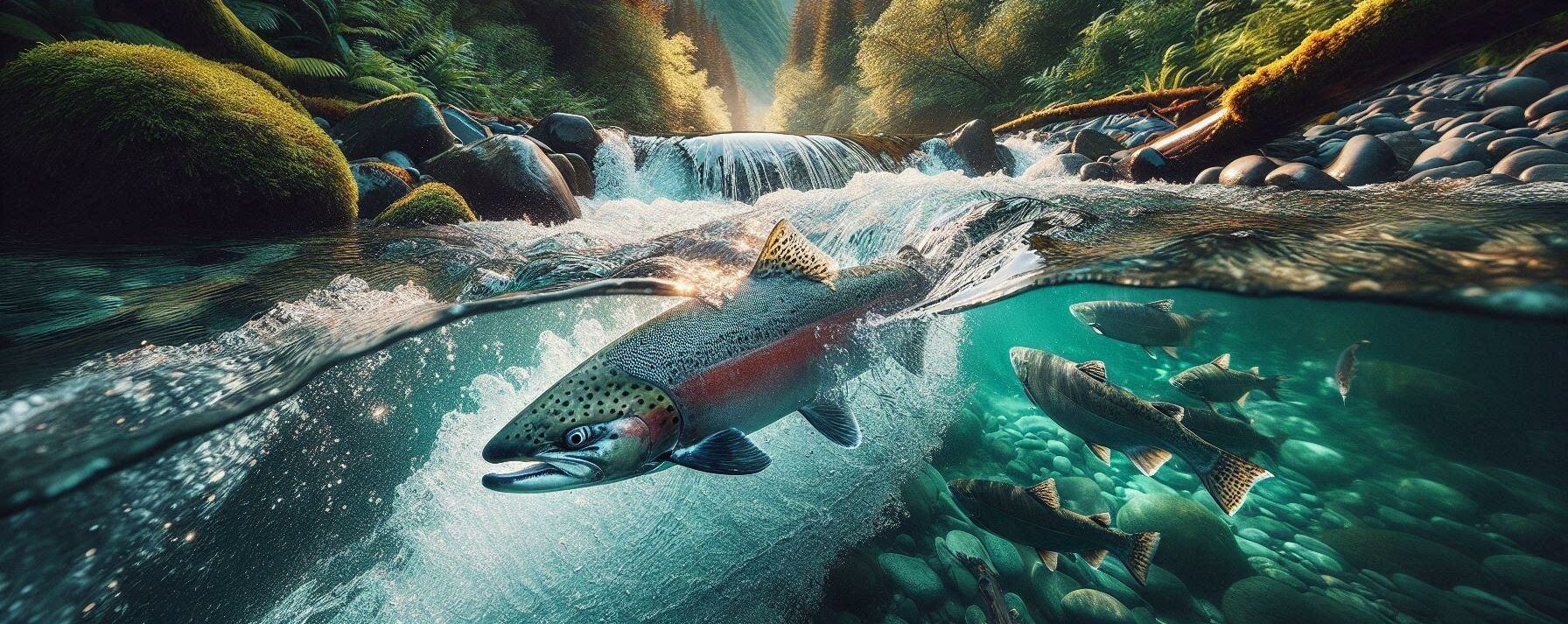Before you even think about stepping foot on that frozen lake, it’s crucial to do your homework. Start with researching local ice conditions and regulations. Each region has its own set of rules and guidelines that help keep everyone safe. Knowing these will keep you informed and prepared for what to expect.
Next up is gathering the right gear and equipment. Ice fishing isn’t just about having a fishing rod. You’ll need ice augers to drill holes, a sturdy sled to carry your stuff, and maybe even a portable ice shelter to keep the wind off your back. Don’t skimp on quality – your safety and comfort depend on it.
Dressing appropriately for the weather is non-negotiable. Layering is your best friend here. Start with moisture-wicking base layers, add insulating middle layers, and finish off with waterproof, windproof outerwear. Don’t forget a good pair of insulated boots, gloves, and a hat. Hypothermia is a real threat and proper clothing can be a lifesaver.
Lastly, check the weather forecasts and ice reports. Conditions can change rapidly and knowing the latest updates will help you avoid dangerous situations. Look out for warnings about thin ice, blizzards, or sudden temperature drops. Being informed can mean the difference between a successful trip and a risky venture.
Assessing Ice Safety: Key Indicators and Tools
Checking ice thickness is step one when it comes to ice safety. The general rule is that you need at least four inches of clear blue ice to safely walk on it, and more if you plan to take out a snowmobile or ATV. Different activities require different ice thicknesses – make sure you know what’s safe for what you’re doing.

Using ice augers, chisels, or even a sturdy drill, you can make test holes in the ice to accurately measure its thickness. Never rely solely on visual inspection. Test in multiple spots as ice thickness can vary within short distances.
Pay attention to visible signs of unstable ice. Cracks, slush, and areas where the ice has a different color or texture can all be red flags. Clear, solid blue ice is your best bet. Cloudy or dark ice can be weaker and more treacherous.
While you’re out there, carry a variety of ice safety tools. Ice cleats for traction, ice picks for self-rescue if you fall through, ropes, and flotation devices can make all the difference. Don’t hit the ice unprepared – having the right tools can save lives.
On-Ice Best Practices for Maximum Safety
Stick to designated areas and follow posted guidelines. These zones are monitored and usually safer for activities like ice fishing. Straying from these areas increases your risk of encountering thin or unstable ice.

The buddy system is a golden rule – never fish alone. Having a buddy means immediate help in case something goes wrong. Plus, it’s always more fun with a friend around.
Always carry ice safety tools with you. Ice picks, ropes, and flotation devices should be part of your standard gear. These tools can be lifesavers if you or someone else needs assistance.
Knowing emergency protocols and rescue techniques is crucial. Familiarize yourself with the steps to take if someone falls through the ice, including how to use your ice picks and ropes. Practice these techniques so you’re ready if an emergency arises.
Post-Fishing Safety Considerations
Leaving the ice safely is as important as your initial preparations. Stick to known paths and avoid wandering onto unexplored areas. Gather all your gear, and make sure no trash is left behind – respect nature and the next anglers.
Properly storing your gear and equipment will save you a lot of hassle next time. Dry everything out to prevent rust and mildew. Check for any damages and make repairs as needed. A well-maintained kit is crucial for your next outing.
Reflect on your experience and share insights with others. Connecting with fellow anglers not only builds community but also helps everyone stay informed about current conditions and safety tips.
Ongoing education and staying updated on safety practices can’t be overstated. Attend workshops, read up on the latest safety gear, and keep learning. Knowledge evolves, and so should your understanding of ice safety.
Below is short video I created for some quick and easy tips to know if you are going ice fishing.





